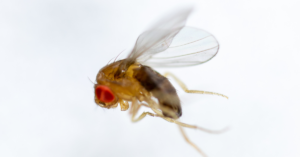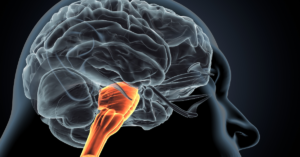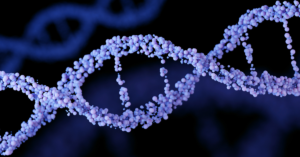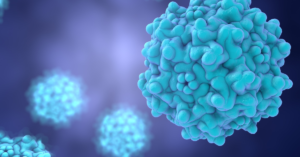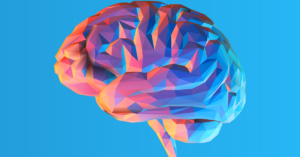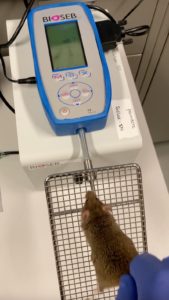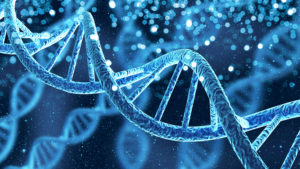
Snapshot: What is Fragile X-associated tremor/ataxia syndrome (FXTAS)?
Fragile X-associated tremor/ataxia syndrome (FXTAS) is a neurodegenerative disease first described in 2001 that is caused by a mutation or change to a gene on the X chromosome. The X chromosome is the section of DNA that determines biological sex. Biological females typically have two X chromosomes (one from their Read More…



